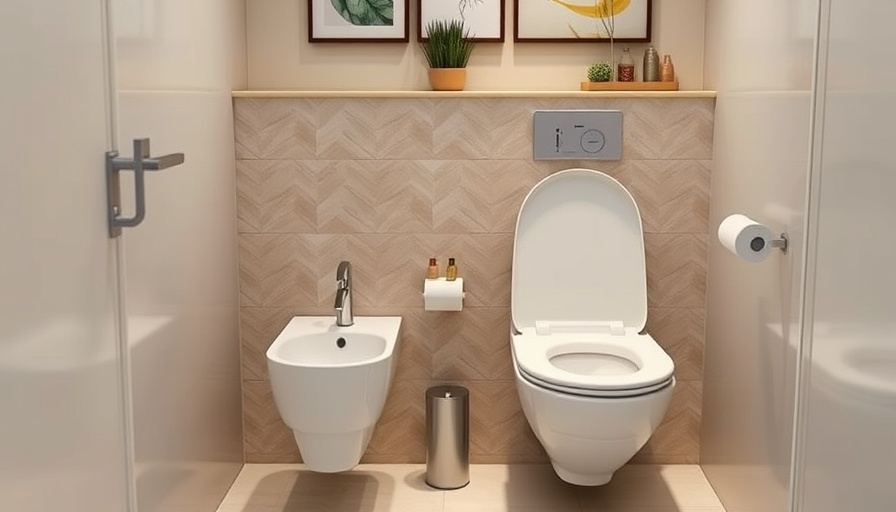
Creating a Sustainable Dream Home: The Importance of Water Management
When it comes to building a dream home, many people focus primarily on energy efficiency, but sustainable water management must be a key component as well. In regions like Minnesota, known for its abundant lakes, the reality of climate change poses serious challenges. Extended droughts and reduced groundwater levels make effective water management crucial for homeowners. By incorporating smart water usage systems, homeowners can contribute to a sustainable future while ensuring that their homes remain comfortable and functional.
Investigating Water Sources: The Challenge of Rural Living
For homeowners in rural areas, access to city water is often unavailable, leading to the need for wells and septic systems. This was the situation for one homeowner in Minnesota, who initially planned to install a 120-foot well but discovered that a lower-than-expected water table required drilling down to 190 feet. This choice underscores the critical connection between locality and water access, influencing overall sustainability plans.
Implementing Effective Filtration Systems
With water sourced directly from a well, employing an effective filtration system is essential. This typically involves multiple filters, including a spin-down filter, a pH filter, a KDF filter for heavy metals, and a water softener. This multi-tiered approach is not just about meeting immediate needs but also securing safe drinking water aligned with EPA guidelines. Water testing for harmful contaminants like E. coli, arsenic, and lead ensures the water quality meets safety standards.
Water Conservation: A Multifaceted Approach
Before concluding the home design, a proactive approach to water conservation should take center stage. In addition to using EPA WaterSense certified appliances and fixtures, homeowners can explore greywater systems for effective reuse of wastewater. While commonly cited as beneficial, greywater solutions often come with installation challenges. The lack of readily available, compliant systems can pose hurdles for homeowners looking to make their homes more sustainable.
Greywater Systems: Overcoming Implementation Challenges
Many homeowners gravitate toward greywater recycling systems as a way to utilize water from sinks, showers, and washing machines for landscaping and irrigation. One viable option is the laundry-to-landscape solution, which allows water from the washing machine to flow directly to the garden. However, the need for expert installation and code compliance can deter many from implementing these systems. Homeowners will need to weigh the benefits of these systems against potential practical obstacles.
Innovative Solutions: The Future of Water Sustainability
The push for better water sustainability extends beyond individual homes. Communities and municipalities are increasingly exploring decentralized systems, which bring the management of water and wastewater closer to homes. Such initiatives could lead to more resilient infrastructure and support local ecosystems, ultimately reducing the burden on centralized systems. As research and technology advance, sustainable water management practices will continue to evolve.
Understanding the Value of Sustainable Practices
Adopting sustainable water management strategies not only creates a more environmentally friendly home but can also increase property values. As eco-conscious buyers become more prevalent, homes with established sustainable practices will likely be more attractive in the real estate market. Designing homes with superior water management in mind aligns with broader societal shifts toward sustainability.
Conclusion: Moving Forward with Sustainable Choices
Building a home with sustainable water management practices is not just a personal objective; it responds to pressing global challenges. As homeowners navigate through decisions about water sourcing, filtration, and conservation, they are not merely improving their quality of life but investing in a healthier planet. Observation of local water conditions and the exploration of innovative systems will serve both future homeowners and the environment.
 Add Row
Add Row  Add
Add 



Write A Comment